38 drag the labels to their appropriate locations on the diagram of the water molecules below
Mastering Biology ch. 13 Flashcards | Quizlet Drag the labels to their appropriate locations on the diagram below. Targets of Group 1 can be used more than once. g. 5' end The DNA double helix is composed of two strands of DNA; each strand is a polymer of DNA nucleotides. Each nucleotide consists of a sugar, a phosphate group, and one of four nitrogenous bases. quizlet.com › 247622672 › biology-chapter-16-flash-cardsbiology chapter 16 Flashcards | Quizlet The diagram below shows a bacterial replication fork and its principal proteins. Drag the labels to their appropriate locations in the diagram to describe the name or function of each structure. Use pink labels for the pink targets and blue labels for the blue targets
What is the geometry around each of the three central atoms in the CH ... Carbon 1. This atom has four atoms directly attached and no lone pairs. Its electron geometry and its molecular geometry are both tetrahedral as in methane. Carbon 2. This atom has three atoms directly attached and no lone pairs. Its electron geometry and its molecular geometry are both trigonal planar. Oxygen 3.
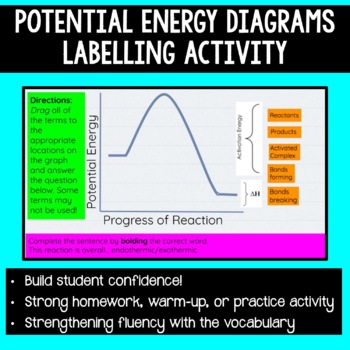
Drag the labels to their appropriate locations on the diagram of the water molecules below
Mastering Biology Chapter 9 Pre-Lecture Assignment 2 The coupling works in both directions, as indicated by the arrows in the diagram below. In this activity, you will identify the compounds that couple the stages of cellular respiration. Drag the labels on the left onto the diagram to identify the compounds that couple each stage. Labels may be used once, more than once, or not at all. Bio 180 Chap 3 Flashcards | Quizlet Label the following diagram of water molecules, indicating the location of bonds and the partial charges on the atoms. Drag the labels to their appropriate locations on the diagram of the water molecules below. Labels can be used once, more than once, or not at all. a. covalent bond b. - c. hydrogen bond d. + e. + f. covalent bond g. - A Labelled Diagram Of Digestive System with Detailed Explanations - BYJUS Large Intestine -This is a thick and long tube-like structure measuring about 4 to 5 feet in length. It is present just beneath the stomach and wraps over the superior and lateral edges of the small intestine. It functions by absorbing water and support in the breakdown of wastes to fetch small nutrients.
Drag the labels to their appropriate locations on the diagram of the water molecules below. › 8072239 › The_Free_High_School(PDF) The Free High School Science Texts: Textbooks for High ... Enter the email address you signed up with and we'll email you a reset link. The Structure of an Atom Explained With a Labeled Diagram They could explain that an atom is made up of electrons, neutrons, and protons. The center of an atom is the nucleus that contain protons and neutrons. This makes the nucleus positively charged. The electrons are present on different shells or orbits that revolve around the nucleus. This helps in determining the size of an atom. (Solved) Drag each label to the correct location on the diagram. Report. Solved Indicate the genotypes by dragging the correct label to the appropriate location. Answer each question in the table by dragging the correct label to the appropriate location. Solved Drag each label into the appropriate bin depending on whether it applies to primary, secondary, tert. Difference in structure of a protein, primary ... Cellular Respiration Diagram - Biology Wise The energy released is in the form of ATP molecules that are used to carry out various functions of the cell. The cellular respiration equation is as follows: C6H12O6 + O2 ――> H2O + CO2 + 36ATP. The following diagram of cellular respiration will give a better understanding of this process.
Answered: Drag the terms on the left to the… | bartleby The cationic end interacts with the polar water molecules, while the can attract and interact with the nonpolar grease. This allows the soapy water to remove the grease by trapping the grease inside the micelle. Drag the terms on the left to the appropriate blanks on the right to complete the sentences. Structure of Water Molecule | Properties of Water 2022 - Botnam The structure of water molecule is made up of one molecule of oxygen and two molecules of hydrogen-bonded covalently. Water (H2O) is essentially considered one of the most important substances found on the earth. It covers over 70% of the earth's surface and makes up as much as 95% of the living organisms. The Structure of Water Molecule allinonehighschool.com › earth-scienceEarth Science with Lab – Easy Peasy All-in-One High School Draw a diagram of the carbon cycle. Record up to 10 points for including at least ten things on your diagram. Lesson 66. Watch the video on photosynthesis. Draw a diagram of the process of photosynthesis. Record up to 5 points for including at least five things on your diagram. PDF In this chapter, you will learn that - Pearson Muscles are distinguished by their ability to transform chem-ical energy (ATP) into directed mechanical energy. In so doing, they become capable of exerting force. 9.1 There are three types of muscle tissue Learning Objectives Compare and contrast the three basic types of muscle tissue. List four important functions of muscle tissue.
Drag the appropriate labels about the three water phases to their ... The three water phases: solid (ice) , Liquid (water), Gas (vapor) 1) The state of matter in which water is densest - Liquid 2) The state of matter in which molecules are most energetic - Gas 3) The state of matter of steam rising from a hot cup of coffee - Gas 4) The state of matter in which water molecules vibrate about fixed location - solid Water molecules and their interaction with salt | U.S ... - USGS Water molecules pull the sodium and chloride ions apart, breaking the ionic bond that held them together. After the salt compounds are pulled apart, the sodium and chloride atoms are surrounded by water molecules, as this diagram shows. Once this happens, the salt is dissolved, resulting in a homogeneous solution. Drag the labels to their appropriate locations on the - Course Hero Drag the labels to their appropriate locations on the diagram of the water molecules below. Labels can be used once, more than once, or not at all. Hint 1. Electronegativity and polar covalent bonds In covalent bonds, the electrons are not always shared equally between the atoms. Some atoms hold electrons more tightly than others. phet.colorado.eduPhET: Free online physics, chemistry, biology, earth science ... Founded in 2002 by Nobel Laureate Carl Wieman, the PhET Interactive Simulations project at the University of Colorado Boulder creates free interactive math and science simulations. PhET sims are based on extensive education research and engage students through an intuitive, game-like environment where students learn through exploration and discovery.
First drag labels to the appropriate targets at the left to identify ... First drag labels to the appropriate targets at the left to identify the parts of the chloroplast in this diagram. Then drag labels to the appropriate tar identify the structures and molecules involved in the light reactions. Apr 06 2022 08:51 AM Solution.pdf Expert's Answer Solution.pdf
Water Cycle - A Diagram Of Water Cycle with Detailed Explanations - BYJUS Below is a well labelled and easy diagram of water cycle for your better understanding. Diagram Of Water Cycle Stages of Water Cycle The complete water cycle is carried into four stages which are as follows: Evaporation, Condensation, Precipitation and Collection. Evaporation This is the initial stage of the water cycle.
Drag the labels from the left to their correct locations - JustAnswer First, drag blue labels onto blue targets only to identify each stage of the life cycle. Next, drag pink labels onto pink targets only to identify the process by which each stage occurs. Then, drag white labels onto white targets only to identify the ploidy level at each stage. Labels can be used once, more than once, or not at all.
PDF hhydro2010n.ai 1 6/8/2010 8:38:41 AMydro2010n.ai 1 6/8/2010 8:38:41 AM ... transport of water to the oceans. Groundwater is the flow of water under-ground in aquifers. The water may return to the surface in springs or eventually seep into the oceans. 10. Plant uptake is water taken from the groundwater flow and soil moisture. Only 1% of water the plant draws up is used by the plant. The remaining 99% is passed back ...
Solved Water molecules (H_2O) can form hydrogen bonds - Chegg Hydrogen bonding Label the following diagram of water molecules, indicating the location of bonds and the partial charges on the atoms. Drag the labels to their appropriate locations on the diagram of the Question: Water molecules (H_2O) can form hydrogen bonds because of their molecular structure.
Label the following diagram of water molecules indicating the location ... Label the following diagram of water molecules, indicating the location of bonds and the partial charges on the atoms. Drag the labels to their appropriate locations on the diagram of the water molecules below. Labels can be used once, more than once, or not at all. Hint 1.
Chpt. 1, 3, 24, and 9 HW Drag each image to the appropriate location in the sequence. High Blood glucose levels Blood glucose becomes high --> Pancreas releases insulin -->Insulin binds to receptors on target cells --> cells take in glucose --> Blood glucose returns to normal 6. Drag the appropriate labels to their respective targets. (from left to right)
Labeling, ranking, sorting, or sentence completion questions Drag labels onto the provided image. Sometimes a label can be used more than once, or it may not be used at all for the correct answer. When you're satisfied with your answer, select Submit.. If you can't drag one or more labels to an incorrect target, try to position the label on another target.. To clear all your labels you've placed, select Reset (next to Help).
(Get Answer) - Drag the labels onto the diagram to identify the ... Part A - Identifying the structures of the kidney Label the diagram of the kidney and nephron below. Drag the labels to their appropriate locations on the diagram below. Labels can be used once, more than once, or not at all. Part B - Water...
Solved Label the following diagram of water molecules, - Chegg Transcribed image text: Label the following diagram of water molecules, indicating the location of bonds and the partial charges on the atoms Drag the labels to their appropriate locations on the diagram of the water molecules below.
This diagram shows a chemical reaction in which two glucose molecules ... Drag the labels to their appropriate locations in the diagram. First, drag the labels of Group 1 to their respective targets to identify the types of sugars and the type of reaction shown. Then drag the labels of Group 2 to their respective targets to identify the atoms, chemical groups, or molecules involved. Not all labels will be used. 1
9.1 The Structure of DNA - Concepts of Biology - 1st Canadian Edition DNA is a working molecule; it must be replicated when a cell is ready to divide, and it must be "read" to produce the molecules, such as proteins, to carry out the functions of the cell. For this reason, the DNA is protected and packaged in very specific ways. In addition, DNA molecules can be very long.
› document › 330661006Pathfinder Honor Worksheets English | PDF | Coins | Knitting With a bowl of water, wooden match sticks, a lump of sugar, and small amount soap, demonstrate the action of sugar and soap on the floating match sticks. Chemical action: _____ _____ f. Place a fresh egg in fresh water and then salt water, noting the difference.
› Computer-Studies-NotesComputer Studies Notes Form 2 - Free Download - KCSE Revision PDF To save the file in a different location, right-click in the appropriate folder and click Paste; in this case, the file will keep its name. In Microsoft Excel, you can use the Save As dialog box to save a file in the original is intact. There are two primary techniques you can use to get a file in two names or the same file in two locations.
› 33654457 › Principles_and_TechiniPrinciples and Techiniques of Biochemistry and Molecular ... Enter the email address you signed up with and we'll email you a reset link.
Phase Diagrams - Phases of Matter and Phase Transitions - ThoughtCo Phases of Matter and Phase Diagrams. A phase diagram is a graphical representation of pressure and temperature of a material. Phase diagrams show the state of matter at a given pressure and temperature. They show the boundaries between phases and the processes that occur when the pressure and/or temperature is changed to cross these boundaries.
Answered: Drag the labels to their appropriate… | bartleby Science Biology Q&A Library Drag the labels to their appropriate locations on the diagram of the water molecules below. Labels can be used once, more than once, or not at all. • View Available Hint (s) Reset Help (b) Group 2 H Group 1 8+ H Group 1 8- H Group 2 hydrogen bond Group 1 Group 2 covalent bond H ionic bond Group 2 Group 1 H H
A Labelled Diagram Of Digestive System with Detailed Explanations - BYJUS Large Intestine -This is a thick and long tube-like structure measuring about 4 to 5 feet in length. It is present just beneath the stomach and wraps over the superior and lateral edges of the small intestine. It functions by absorbing water and support in the breakdown of wastes to fetch small nutrients.
Bio 180 Chap 3 Flashcards | Quizlet Label the following diagram of water molecules, indicating the location of bonds and the partial charges on the atoms. Drag the labels to their appropriate locations on the diagram of the water molecules below. Labels can be used once, more than once, or not at all. a. covalent bond b. - c. hydrogen bond d. + e. + f. covalent bond g. -
Mastering Biology Chapter 9 Pre-Lecture Assignment 2 The coupling works in both directions, as indicated by the arrows in the diagram below. In this activity, you will identify the compounds that couple the stages of cellular respiration. Drag the labels on the left onto the diagram to identify the compounds that couple each stage. Labels may be used once, more than once, or not at all.






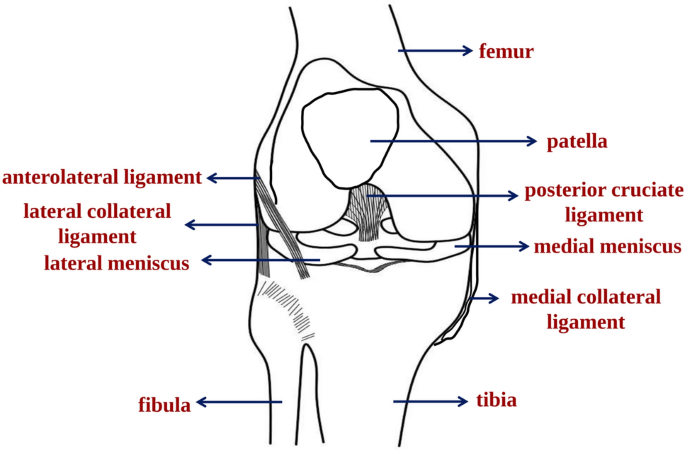
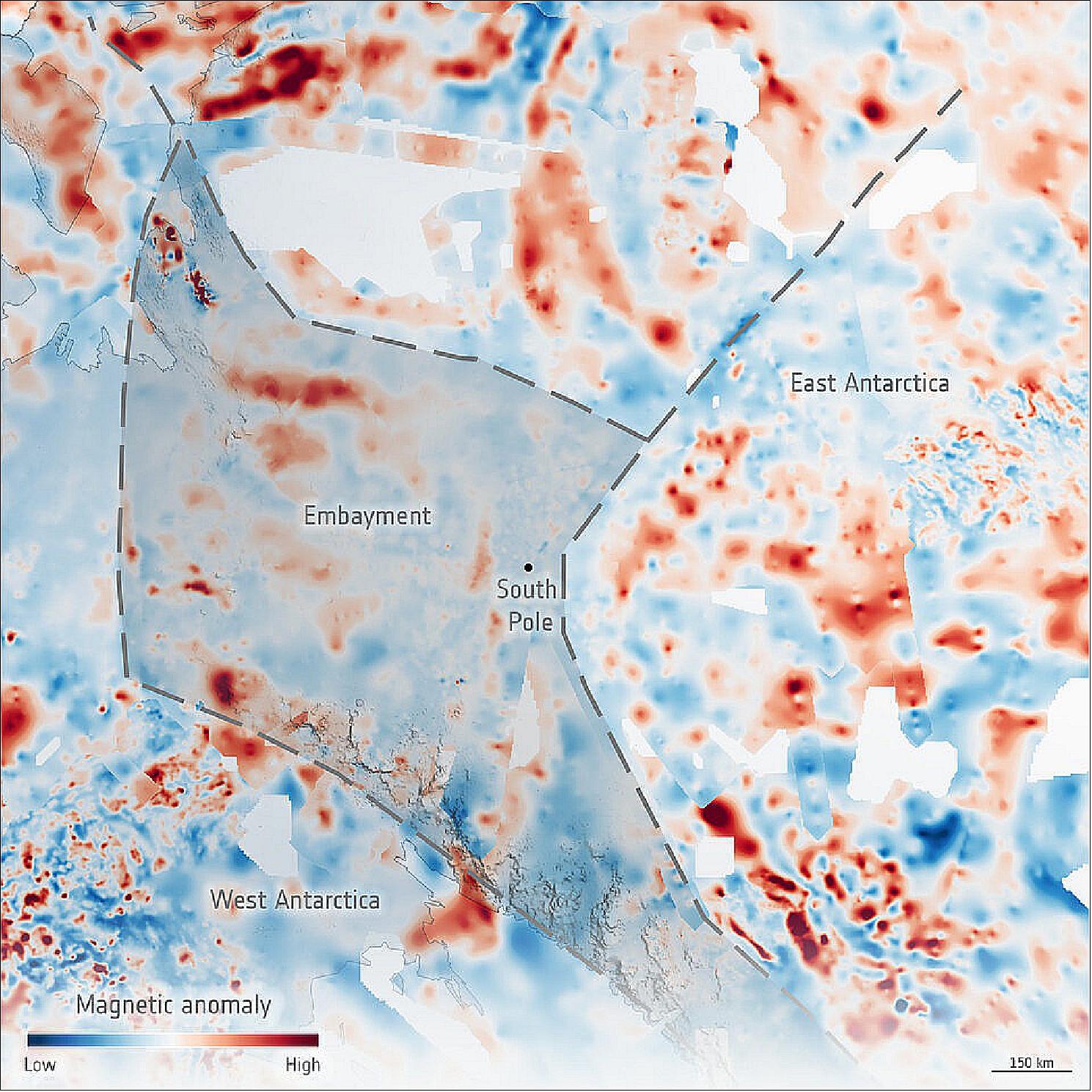









![Expert Answer] Drag labels to the appropriate locations in ...](https://us-static.z-dn.net/files/d32/95a3787f8c9682d6a541f9aa3ccbc149.png)





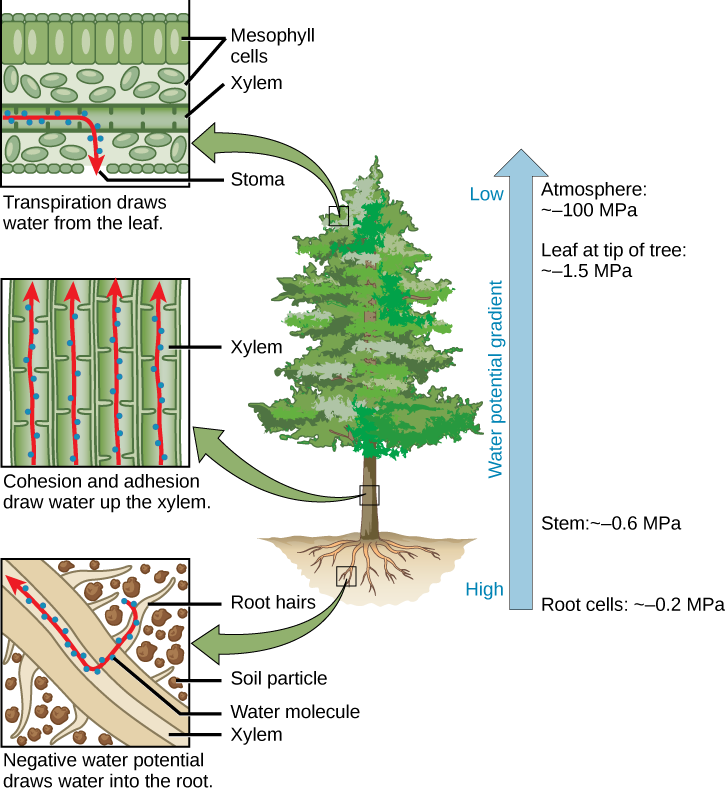
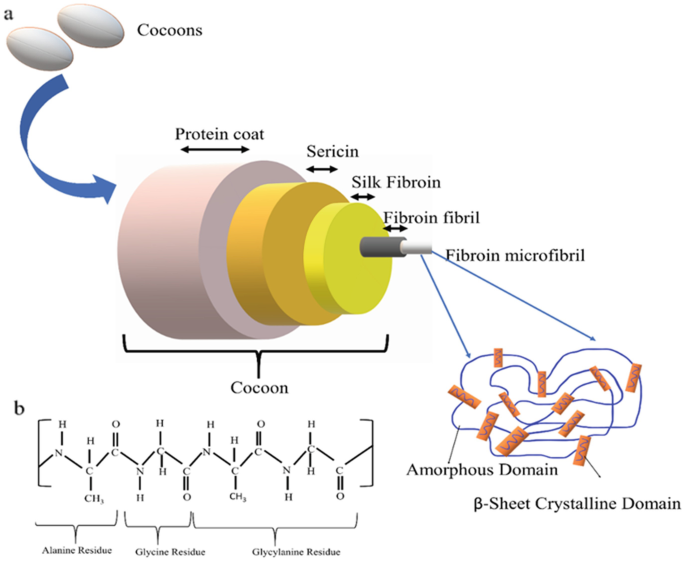









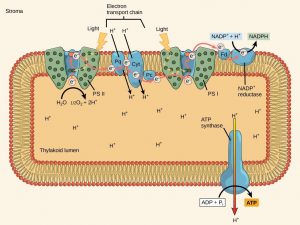

Post a Comment for "38 drag the labels to their appropriate locations on the diagram of the water molecules below"